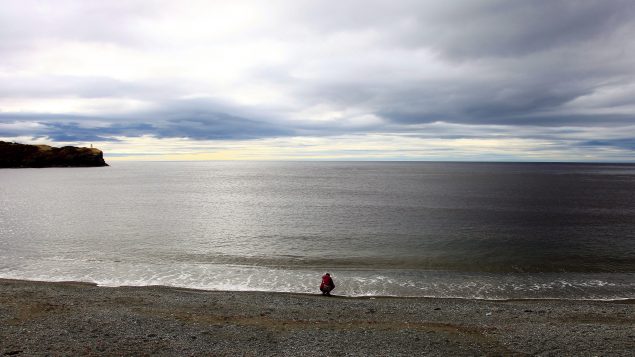Water temperatures in the Gulf of St. Lawrence on Canada’s East Coast are now at their highest level in over a century–since 1915 when scientists began keeping records in the region.
New data, published Tuesday by Fisheries and Oceans Canada, shows temperatures at depths of 200, 250 and 300 metres hit highs of 5.7 C, 6.6 C and 6.8 C.
The CBC’s Paul Withers reports those temperatures were well above the normal variations and are a part of a continuing trend.
“It is scary to me because we’re completely outside of the known envelope,” Peter Galbraith, a research scientist with Fisheries and Oceans Canada, told Withers
“When you are one degree, a half a degree outside anything that’s been known before those 100 years, then that’s like uncharted territory for fisheries management.”
Watch/ Paul Withers’s report on warming waters in the Gulf of St. Lawrence:
Galbraith says the warmer deep water is slowly sucked into the Gulf from the Atlantic and will likely keep the Gulf warm for years.
“A whole lot of species will be affected. The scary part is that we can’t rely on past observations that would be similar to guess at what the ecosystem is responding because it was never similar,” Galbraith told Withers from DFO’s Maurice Lamontagne Institute in Mont-Joli, Que.
“The bottom temperature of the Gulf has increased by about a degree and a half, which might not seem a whole lot. But for biological species that are used to really, really stable temperatures, increasing from 5.2 to 6.7 is a big deal.”
Galbraith said an unusually cold year could provide a reprieve, but it has not materialized in the past decade, adding that this month has already seen its own anomaly: there is no sea ice in the Gulf, and a recent cold snap was not enough to produce ice because most of the water is above 1 degree.
“Outside of coastal ice, there’s really nothing, anything offshore,” he said.
In October 2018, then Green Party Leader Elizabeth May suggested the Gulf of St. Lawrence was “the canary in the climate-change coal mine.”
She made the comment after studies found the Gulf of St. Lawrence had warmed and lost oxygen faster than almost anywhere else in the global oceans.
Last fall, the federal government imposed a series of fishing restrictions in the region to protect endangered right whales.
With files from CBC News (Paul Withers)







For reasons beyond our control, and for an undetermined period of time, our comment section is now closed. However, our social networks remain open to your contributions.